A handful of art and antiques concerns have seen it all, from exhilarating marketplace highs to war, recession and not one but two pandemics, 102 years apart. Antiques and The Arts Weekly asked them what it takes to keep a business going for a century or more and what makes them hopeful for the future. Plus, a word or two for the newest member of the Centennial Club, Nathan Liverant & Son Antiques of Colchester, Conn.
–Laura Beach
The Old Print Shop
Established 1898
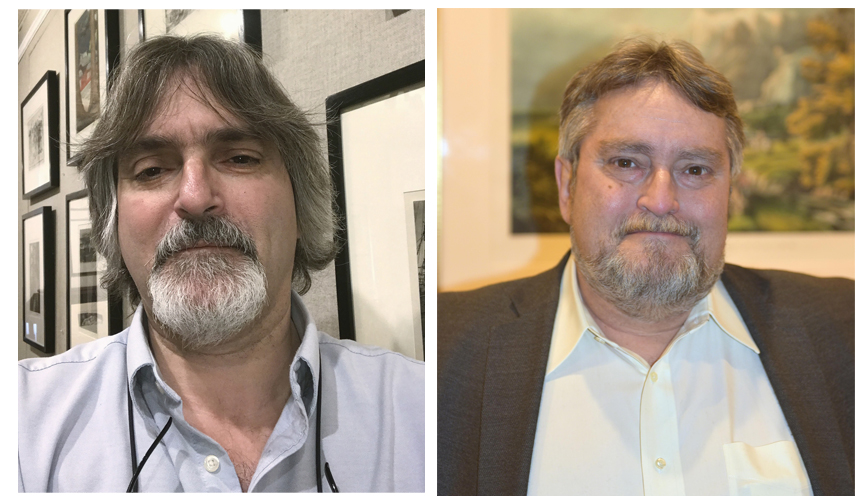
Left, Robert K. Newman, president, The Old Print Shop. Right, Harry Shaw Newman II, vice president, The Old Print Shop.
In the 122 years since it was founded by Edward Gottschalk, The Old Print Shop, at 150 Lexington Avenue in Manhattan, has moved barely more than 20 blocks from its original location. The firm’s durability speaks to the broad appeal of its best-known specialties – American graphic arts, antiquarian maps and atlases – as well as to the company’s longstanding reputation, cultivated by successive generations of the Newman family, for knowledge, candor and courtesy. Company president Robert K. Newman, who has a BFA in photography but also trained as a printmaker, has a personal interest in early American imprints. His brother, Harry Shaw Newman II, is a foremost expert in cartography. Here they share their thoughts on dealing through the decades.
What has made The Old Print Shop successful over the past century?
Paying attention to our customer’s needs, being honest and giving fair value. The pool of collectors is always smaller than it should be, so keeping in contact and offering quality material to our clients keeps them as clients.
How has The Old Print Shop navigated downturns?
When a dealer thinks that this is the greatest time ever, watch out. The other foot is about to drop. In our current world those changes happen very quickly. It was a bit easier in the past because cycles came at a slower pace. With the COVID-19 pandemic, the worldwide economic downturn happened almost immediately.
The worst time faced by The Old Print Shop prior to this was the darkest hour of the Great Depression, the winter-spring of 1932. The shop was closed for almost five months. It opened one or two days a week when our grandfather, Harry Shaw Newman (1896-1966), came in to write letters seeking to sell anything. During that period, he did turn up amazing items such as the “The County Election” by George Caleb Bingham. The owner was asking $500 for the painting because that is what he owed in taxes. My grandfather did not have $500 to purchase the painting, but he knew that Tom K. Smith, chairman of the Boatman’s National Bank of St Louis, was collecting Bingham paintings. He sent him a telegram and Mr Smith responded with $550 to purchase the painting. It is now at the Saint Louis Art Museum, along with all the artwork collected by Tom K. Smith and the Boatman’s National Bank of St Louis.
-1024x788.jpg)
A choice work currently in stock at The Old Print Shop is “The Life Line,” Winslow Homer’s etching of 1884.
The Old Print Shop’s diversified inventory – we carry Eighteenth and Nineteenth Century prints, antique maps, Twentieth Century American master prints and a large collection of contemporary art – is an advantage in any market, up or down. It would be nice if everything sold well all the time, but it is much more important to know the markets one deals in and to buy well. A dealer’s cost determines the price of an item and its salability.
The COVID-19 pandemic, which is still playing out, has been the most difficult time we’ve faced in the past 45 years. Thankfully, we do have a successful website that produced income throughout the shutdown, the longest since 1932. A website is not the same as being open for business, but cash flow is cash flow. We do feel the darkest time for COVID-19 is still facing us. We’ve taken measures to protect the business in case of another lengthy shutdown.
What makes you most hopeful for the future?
There seems to be more interest from the collecting public in history and art. And we are seeing a return of interest to markets that had been quiet, such as Nineteenth Century prints. The past 40 years have seen a very mobile population worldwide. Until recently, tourism was pushing popular places such as Venice to the breaking point. This pandemic is pausing if not stopping most travel. People are instead finding sanctuary at home, a favorable trend for collecting.
Advice for the field?
Always be positive; there is enough negativity in the world today. We all need to look forward and see the future. Stay safe and wear a mask.
Vose Galleries
Established 1841
Carey L. Vose is the sixth generation of her family to lead Vose Galleries, Boston-based dealers in American fine art. After studying studio art and art history at the University of Maine, where she pursued a concentration in foundry work and welding, she helped manage the contemporary craft gallery Signature before joining her parents, Abbot and Marcia Vose, in the family firm in 2002. As gallery director, Carey oversees Vose Galleries’ active program of exhibitions and publications in the areas of historic and contemporary American art.
To what do you credit the gallery’s success?
Beyond the obvious advice for building a national reputation – representing objects honestly, and treating sellers and buyers with respect – what propels Vose Galleries is our familial passion for fine art. We live it, breath it, share it and learn from it and each other. My father is the best salesperson I’ve ever met, so full of passion and enthusiasm. Those are essential qualities. Each generation has added to Vose Galleries by pursuing personal loves. For Seth M. Vose (1831-1910), it was the French Barbizon School; for his son Robert C. Vose Jr (1911-1998), the Hudson River School artists and Luminists; for my father, the American Impressionists. In 2001, I helped reintroduce contemporary Realist artists at the gallery after a 40-year hiatus.
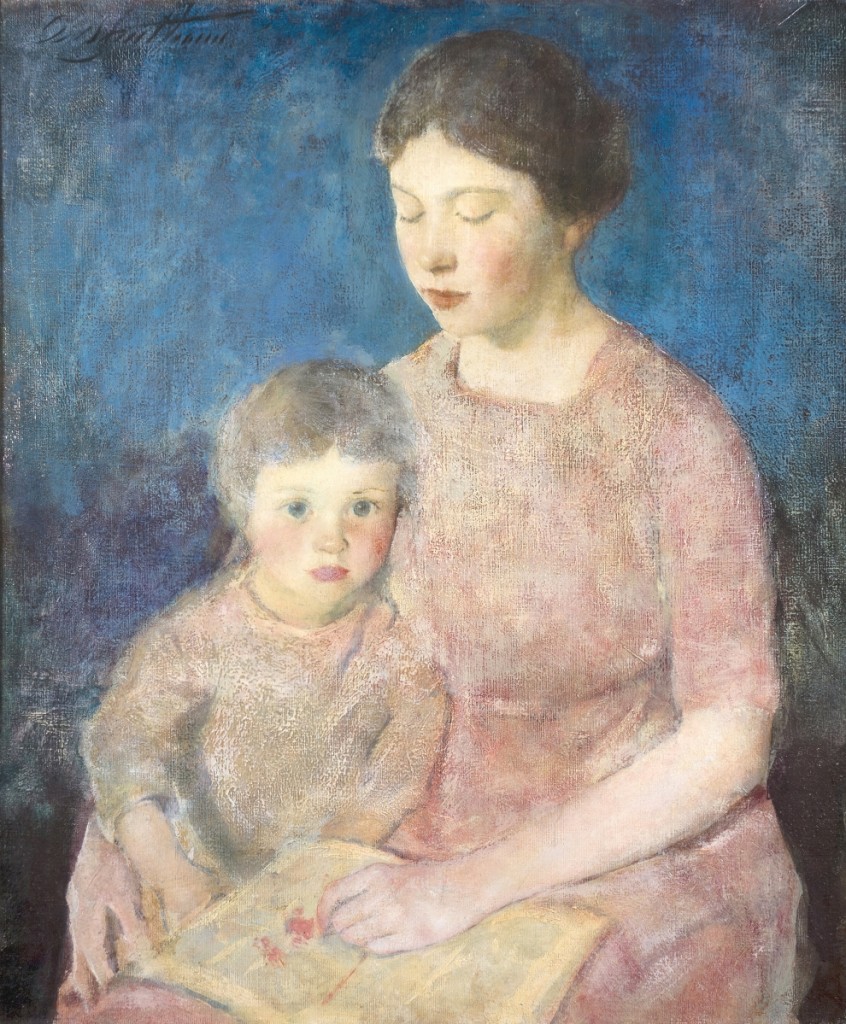
“The Story Book” by Charles Webster Hawthorne (1872-1930), circa 1917, oil on canvas mounted to board, in an original Carrig-Rohane frame. Vose Galleries.
How has Vose weathered downturns?
The Great Depression and war years hit us hardest. We were sustained by a few devoted collectors, as well as the generosity and patience of our landlord, banker and vendors. Prospects brightened after World War II. To get through recent market disruptions, including the current pandemic, I’ve channeled the previous era’s courage and stamina, and have relied on the support of longstanding relationships.
What makes you hopeful?
Public appreciation for art never wanes. In hard times, sharing beauty, talent and storytelling in the form of art is more important than ever. I’m honored to carry forward that mantle.
Message for the Liverants?
The Liverant family has reached this important milestone with a refined eye and continued devotion to the industry. We greatly appreciate their contributions, and warmly wish them enjoyment and success for many more years to come.
A La Vieille Russie
Established 1851
A La Vieille Russie’s long history has been one of adaptation. Preeminent in the field of Fabergé and other Russian Imperial treasures, the Manhattan dealers also carry a choice range of English and Continental gold and silver, jewelry, ceramics, furniture and works of art. Alexander Schaffer opened the New York branch of the multigenerational firm in 1941. It is today headed by sons Paul and Peter L. Schaffer, and grandson Dr Mark Schaffer.
What is the secret of ALVR’s success?
We were established in 1851 in Kiev, so almost 170 years from there to Paris to New York necessarily involves evolution in the face of historical and economic change. A La Vieille Russie has always endeavored to maintain consistency of quality and beauty, coupled with expert scholarship, integrity and excellent personal service.
How do you navigate downturns and adapt to change?
We of course adjust our offerings to accommodate changing tastes and demand, as well as changing availability of artworks on the market. The reinvigoration and reinvention offered by successive generations has been beneficial throughout. During downturns we hold vigilantly to our standards.
-508x1024.jpg)
Formerly in the Forbes Collection, this table lighter in the form of a miniature samovar was made by Fabergé under the direction of workmaster Anders Nevalainen, St Petersburg, 1896-1908. Gilded-silver with ebony handles and knobs, height 4¾ inches. A La Vieille Russie.
What makes you hopeful about the future?
Beautiful works of art make people happy. Collectors continue to want to collect.
Message for Arthur?
The Liverants have been neighbors of ours for years at the Winter Show. We hope that having vastly different types of material in side-by-side booths has been mutually beneficial. We congratulate them for continuing their tradition of quality and service. We wish them the best for many years to come.
H. Blairman & Sons, Ltd.
Established 1884
Known internationally as an authority in Nineteenth Century English and Continental design, scholar-dealer Martin Levy is the fourth-generation head of H. Blairman & Sons, Ltd., the antiques concern founded by his great-grandfather Harris Blairman in Llandudno, North Wales, in 1884. A past chairman of the British Antique Dealers Association (BADA), Levy, the 2019 winner of the Society of Antiquaries of London’s Society Medal, is leading the campaign to fund the restoration of William Morris’s Kelmscott Manor.
What has made Blairman a success?
Perhaps it is knowing that it is never easy, learning from our mistakes (and yes, we still make them), enjoying the camaraderie of our colleagues and taking pleasure in sharing knowledge. My father taught me above all to be modest and to trade with integrity.
How have you navigated inevitable downturns?
I have never felt that the good times were quite as easy as they sometimes seemed. It was always, and remains, important to keep focused; to look after one’s customers; and, when competing aggressively, which we all do, be conscious of one’s decisions. The joy of a good business partnership is to have voices to balance the head and heart. My wife, Patricia, is the excellent ‘head’ in our business today. She makes me ask ‘Why?’ when I fall head-over-heels for a particularly uncommercial object. My father, who had exquisite taste, played the same role. Now as then, discussion and (sometimes) compromise lead to smarter outcomes.
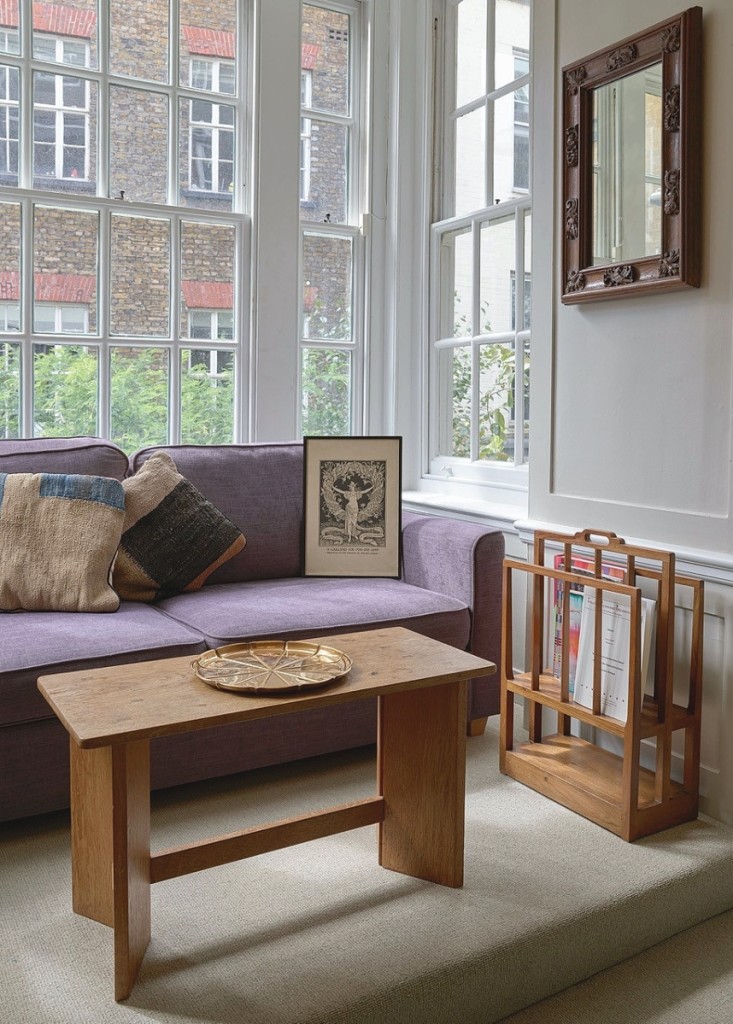
Blairman recently moved to historic quarters at 15 Queen Anne’s Gate, south of St James’s Park and near Westminster Abbey.
What makes you most hopeful for the future?
I believe that our sense of history and the ways we like to create homes for others, as well as for ourselves, will ensure that the old and beautiful will always be cherished. I derive huge pleasure from observing younger collectors, curators and connoisseurs discovering the joy of historic objects. Learning to look, learning to see, learning to handle and learning to love. The future of the dealing world is tied to an enduring and irresistible passion for ‘things.’
Message for Arthur?
I’ve enjoyed the Liverant presentations at the Winter Show each January. Arthur shows his collection with enthusiasm and passion. Always smiling, always warm-hearted and always sticking on those red dots! Never change. You’re doing a fabulous job.
Bernard and S. Dean Levy, Inc.
Established 1901
The Winterthur-trained dealer Frank Levy presides over the Manhattan firm founded in 1901 by his great-grandfather Isaac Levy and his brother-in-law John Ginsburg. The company has long enjoyed a reputation for fine American furniture, paintings and related specialties such as ceramics, glass, metals and textiles. Currently available by appointment, Bernard and S. Dean Levy, Inc., anticipates opening its new loft space at 227 West 17th Street in the heart of the Chelsea district of Manhattan this month.
To what do you ascribe Levy Galleries’ success?
A chief ingredient is our commitment to the quality and diversity of our inventory. In an era of specialists, we continue to work with material from every region and all periods up to about 1840. Every time the company moved to a better neighborhood over the past century, it upgraded its inventory. One of Ginsburg & Levy’s first major purchases, in 1906, was an 1805-10 Thomas Seymour sideboard now at the Metropolitan Museum of Art. We also credit our success to great clients who love and appreciate the material for all kinds of reasons.
How have you navigated the inevitable downturns?
Navigating the up times is a big part of it. We try not to get caught up in irrational exuberance. During the downturns we’re able to restock. Markets do turn around eventually. Thanks to Henry Ford and some other very good clients, Ginsburg & Levy had capital during the Great Depression and went out and spent it. We’re still benefiting from those purchases. The worst downturn for us was during the 1990-91 Gulf War. The market didn’t really pick back up until 1994-95.
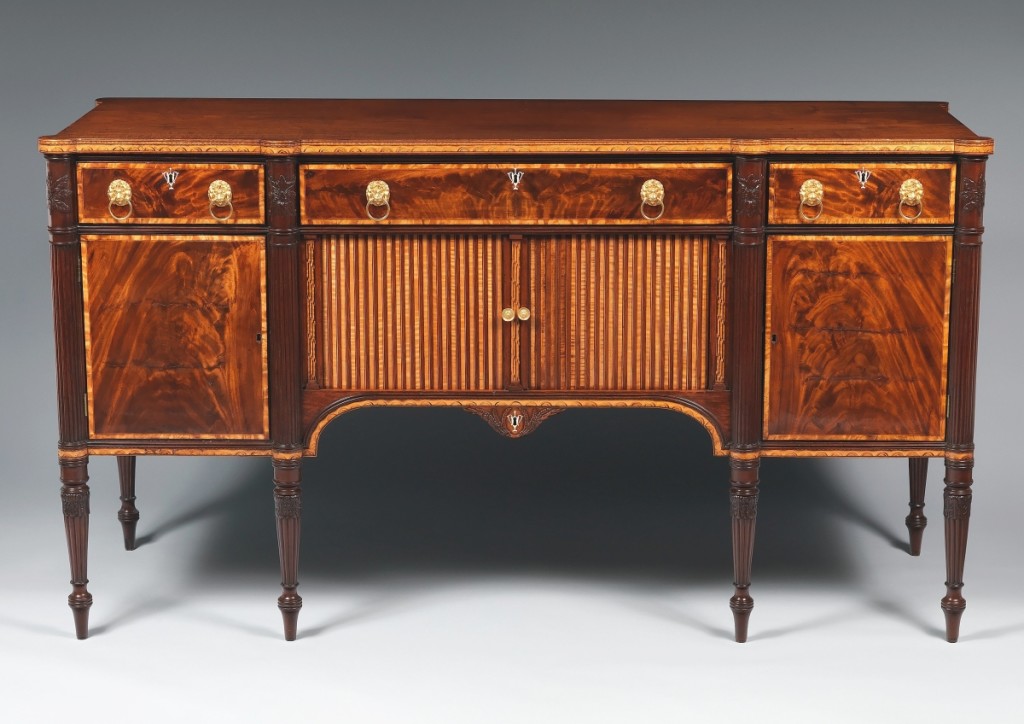
Ginsburg & Levy first acquired this sideboard attributed to Thomas Seymour (1771-1848), Boston, 1805-10, in 1906. It is now at the Metropolitan Museum of Art. Photo courtesy Metropolitan Museum of Art.
What occupies your time of late?
I’m spending more time on the computer and have curtailed some road travel, which I miss. At the moment I’m not preparing for shows but am getting our new gallery in place. It’s about 5,200 square feet of space, most of it showroom. The open setting and better lighting will make viewing the objects much better for our customers. Chelsea is a vibrant neighborhood, filled with affluent people interested in the arts.
What makes you hopeful about the future?
A core group of people love and cherish the objects we handle. The shows are crowded and events such as the Delaware Antiques Show, which is focused on Americana, are especially productive for us. I’m selling to every region of the country and have a couple of very good buyers who are looking at museum collections and striving to match them, which is exciting. Lower prices also make me hopeful. They open the door to younger buyers.
A message for Arthur?
Congratulations. I can’t think of a better partner or friend in this business. Arthur is honest, straightforward, funny and fun to be around. He’s smart and knows his stuff. I would trust him with anything – and I have.
Ralph M. Chait Galleries, Inc.
Established 1910
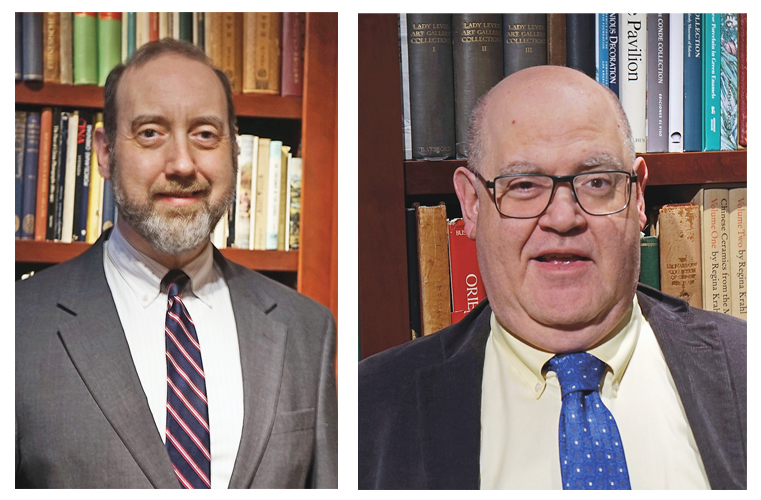
Left, Steven Chait, vice president, Ralph M. Chait Galleries. Right, Andrew Chait, vice president, Ralph M. Chait Galleries
The Ralph M. Chait Galleries, Inc., is the oldest specialist gallery in the United States in the field of fine antique Chinese porcelain and works of art. Following in the tradition of their grandfather, father and aunt, current owners Steven and Andrew Chait are expanding the company’s presence online as well as at shows and fairs. They continue the company’s partnership with leading private and institutional collectors.
Steven, what is Chait Galleries’ secret weapon?
We’ve always been limited to just a handful of family members who feel a strong sense of loyalty to one another and to the company. Aside from changing prices, the industry is much as it always was – sometimes great, sometimes challenging.
Advice on getting through the pandemic?
My grandfather said, “If you’re not selling, you need to be buying. If you’re not buying, you need to be selling. Because if you’re not buying or selling, you’re out of business.” While we hope to do shows safely again in the coming year, our gallery is open now. Over the past few months, we’ve updated our website and reached out to clients. Being able to send and receive high-quality digital photography makes an enormous difference.
-1024x832.jpg)
Sepia and aubergine glazed porcelain cat night lamp, China, Kangxi period, AD 1662-1722. Ralph M. Chait Galleries.
What makes you hopeful about the future?
Buyers continue to be interested, even in this strange time. We love what we’re doing and never know what will turn up next. That keeps us going.
Andrew, do you have a message for Arthur?
We’ve known the Liverants for years through shows and from their time as National Antique & Art Dealers Association of America (NAADAA) members. Arthur serves on the Winter Show’s Dealers Committee, which I currently chair. Liverant Antiques has always dealt with integrity and honesty. They’re truly at the top of their field. We wish them continued success.
S.J. Shrubsole Corp.
Established 1912
Founded in London in 1912, S.J. Shrubsole opened a New York branch in 1936 under the direction of the late Eric N. Shrubsole. The dealer spent that year driving a black Packard laden with silver and letters of introduction to virtually every major city in America. Since then, the company, today headed by Shrubsole’s stepson Tim Martin, has worked with many of the great collectors of American and English silver, and has enriched the holdings of museums from London to Los Angeles.
What has made Shrubsole a success over the past century?
Decisiveness: we rarely think long about whether to buy something, and often our willingness to write a check on the spot gets us deals that others miss. Hustle: we cover a lot of ground looking for fine things.
How has Shrubsole navigated inevitable downturns? What were some of the hardest times?
We try to keep our expenses low – tough to do with a shop in New York City – such that we can quickly retrench in a downturn. We also have a large inventory and do a lot of business in the trade. We find that even in downturns someone, somewhere is buying. The key is to have the goods so that they are buying at least in part from you.
-1024x950.jpg)
Charles II tankard with chinoiserie decoration by John Sutton, London, 1683. Silver, height 6 inches. S.J. Shrubsole Corp.
What makes you most hopeful for the future?
I have faith in my goods. Beautiful and resonant objects that have been admired and valued for centuries will never fail to find admirers. I also have faith in dealers’ connoisseurship. Most non-dealers don’t handle enough merchandise to gain expertise, so they want to rely on dealers for opinions. And yes, I am talking specifically about dealers and not auctioneers, because if you’re not putting your money down, you’re all too often not really looking.
Message for Arthur?
Very, very best wishes! Advice? Far be it from me…

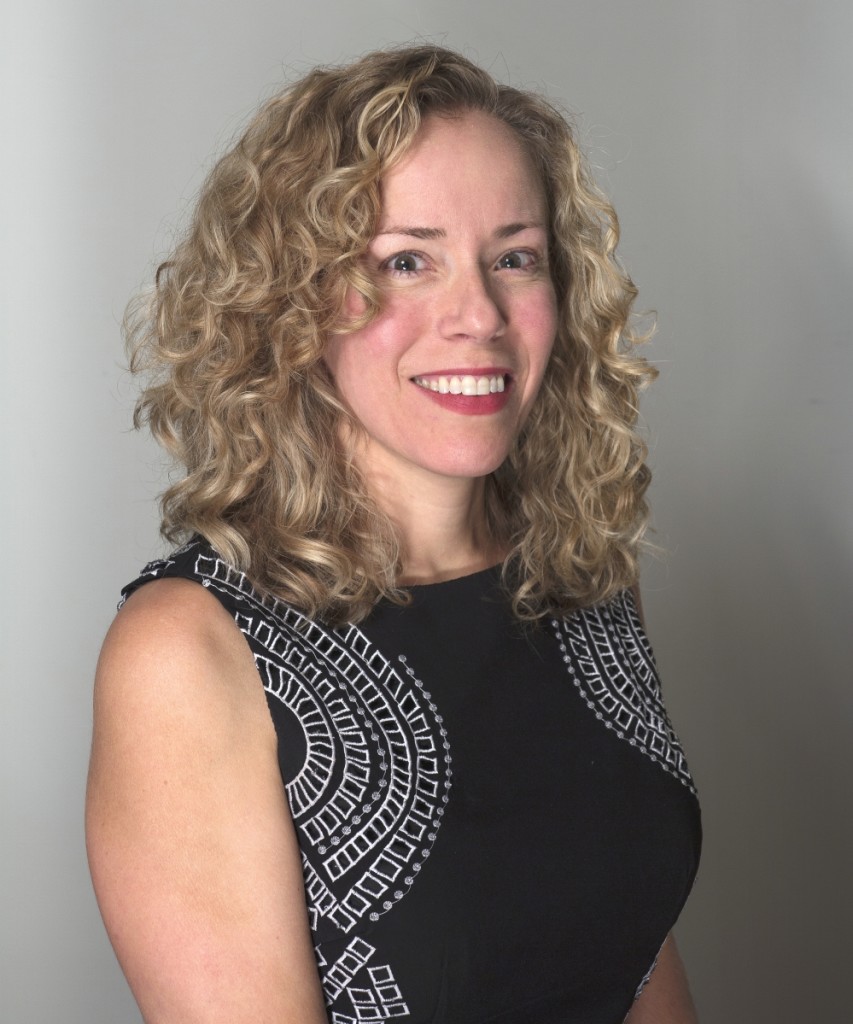
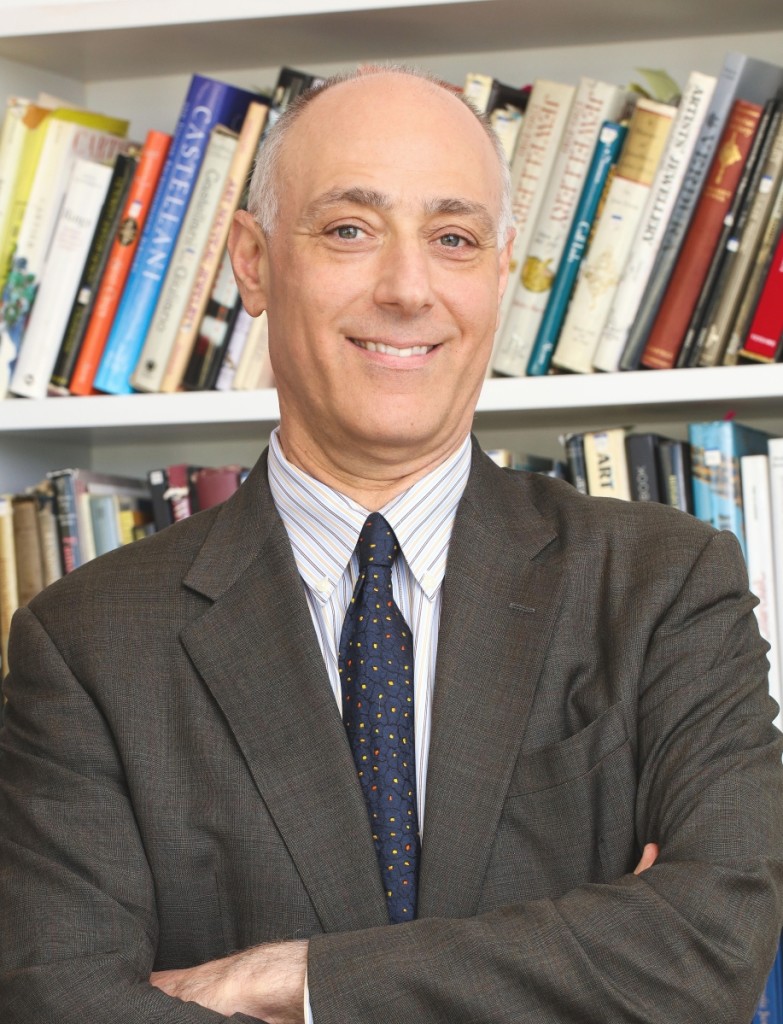
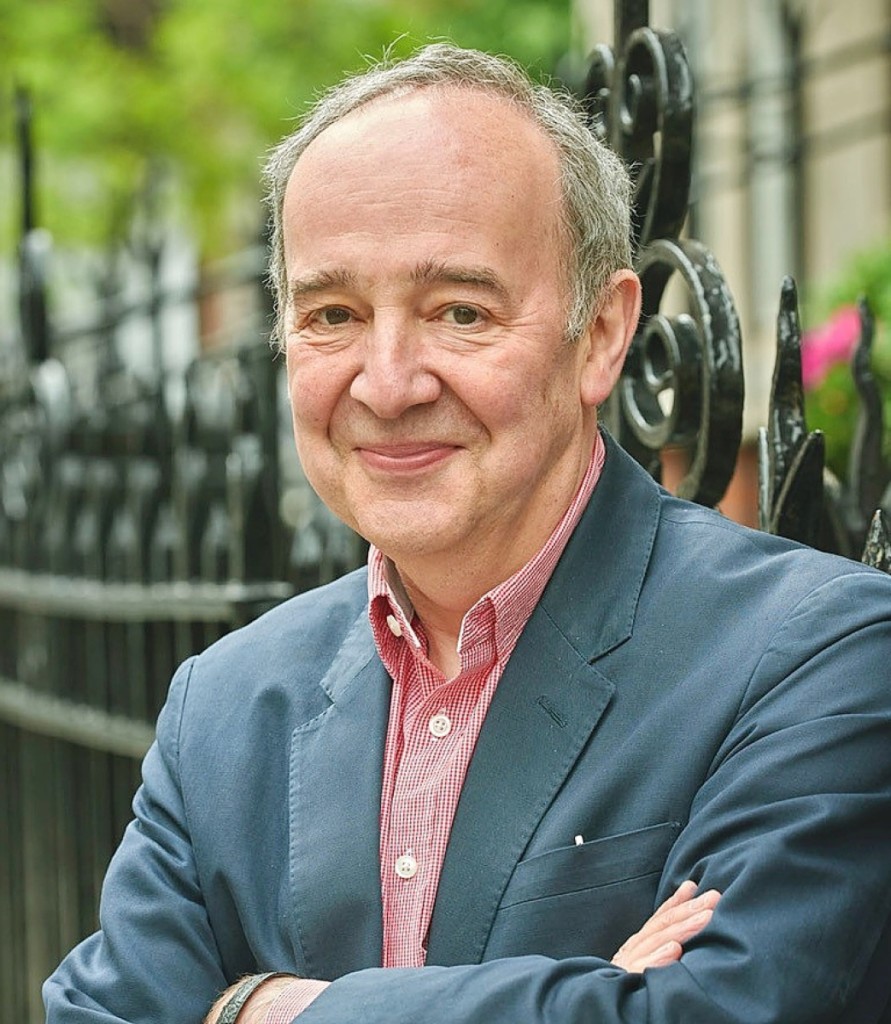
4-759x1024.jpg)
-894x1024.jpg)
.jpg)
.jpg)




.jpg)
.jpg)





4.jpg)
.jpg)
.jpg)
.jpg)

.jpg)
.jpg)
.jpg)



